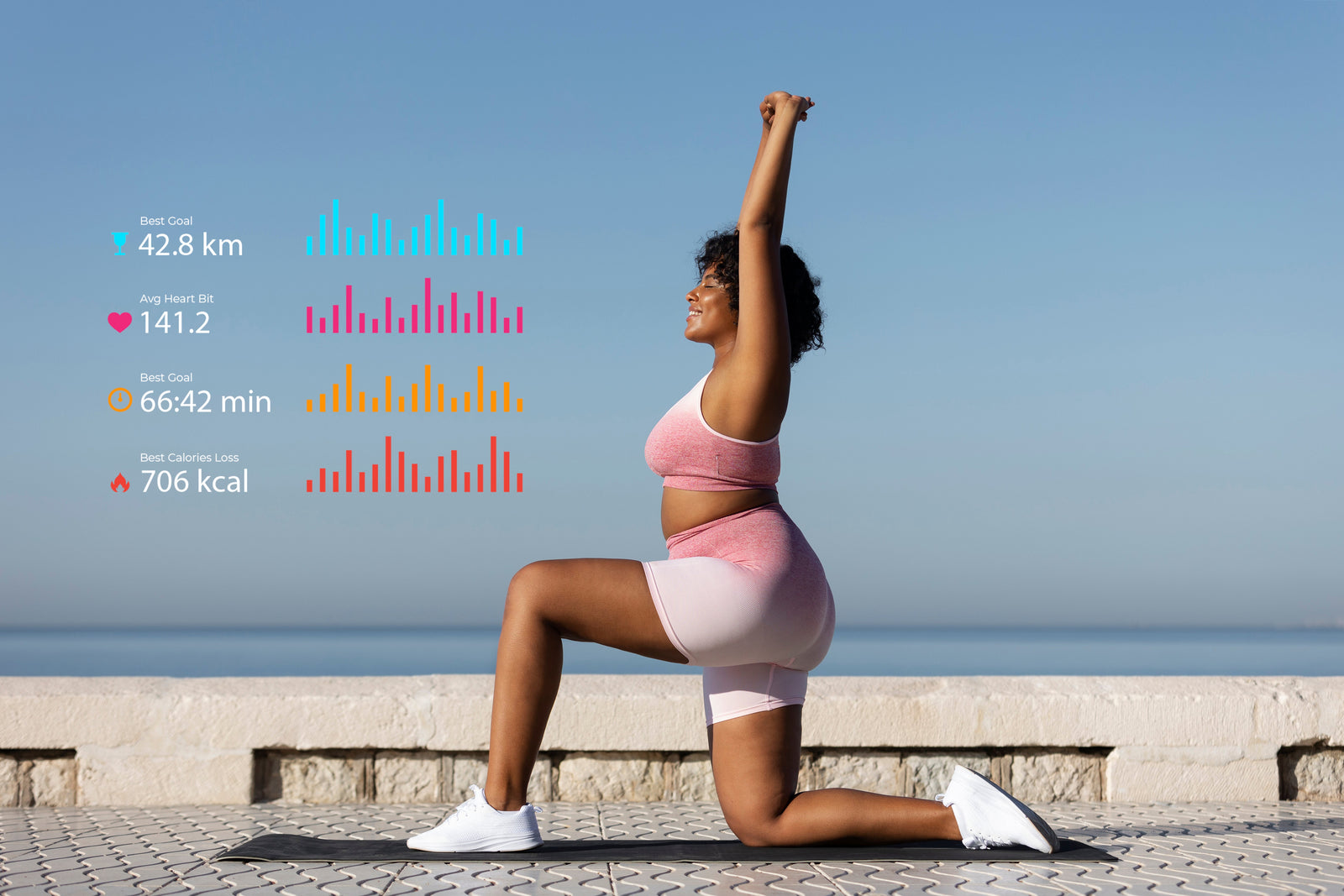Dr. Natasha Desai provides a decade-by-decade breakdown—plus guidance for the busy “weekend warrior”—on how best to stay active and healthy as you age.
🧒 20s & 30s: Build a Strong Foundation
-
Strength training: Focus on correct technique, movement quality, and joint health. Aim to lift with proper form, building a base for longer-term fitness .
-
Cardio fitness: Mix moderate (e.g. jogging, swimming, cycling) with occasional high-intensity intervals to enhance cardiovascular health and endurance .
40s: Maintain Power and Coordination
-
Continue cardiovascular workouts and include structured interval sessions for enhanced heart and metabolic health.
-
Prioritize mobility and coordination training, like single-leg work or balance drills, to stay resilient against age-related decline.
50s: Strengthen and Refine Balance
-
Use functional exercises like split squats to improve neuromuscular coordination.
-
Focus on the 5‑Time Sit‑to‑Stand Test: completing five sit‑to‑stands in under 20 seconds suggests good mobility. If it takes longer, incorporate balance and unilateral work safely over time .
60s: Build Power, Reduce Fall Risk
-
Include power-based moves like fast step‑ups or vertical jumps (10–15″) to boost lower-body explosiveness, functional ability, and fall prevention .
-
Balance-focused training such as heel-to-toe walking or one-leg stands should become staples in your weekly routine .
70s & Beyond: Prioritize Strength, Mobility, and Safety
-
Emphasize resistance training with safe modifications (e.g., wall push‑ups). Even 1–5 push‑ups build upper-body control and mobility.
-
Regular low-impact cardio like walking helps keep joints active and stamina maintained.
-
Add balance and coordination exercises daily to preserve independence and prevent falls .
Weekend Warriors: A Simple Rule for Safety
If you typically only exercise on weekends, Dr. Desai advises not to overexert. Instead, distribute more manageable sessions throughout the week when possible, to avoid injuries and maximize consistency—and consider a cardiology check if you're over 35 before launching into heavy workouts .

🔍 Why These Recommendations Matter
-
According to WHO and U.S. guidelines, adults aged 18–64 should aim for at least 150–300 minutes of moderate aerobic activity (or equivalent in vigorous activity) per week, plus strength training for all major muscle groups twice weekly .
-
Those 65 and older should additionally include regular balance training, ideally three or more days per week, to reduce risk of falls and retain functional mobility .
-
It's never too late to start: even seniors who begin exercising later in life see significant health benefits in strength, cognition, and disease prevention .
🗓️ Sample Weekly Routine
| Component | Example Schedule |
|---|---|
| Moderate Cardio | 30 min/day, 5 days/week |
| Strength Training | 2–3 sessions/week targeting all muscles |
| Power & Balance | 3+ sessions/week including step-ups, single-leg stance |
| Mobility & Flexibility | Daily stretching, yoga, or tai chi |
Flexibility and low-impact practices like tai chi or yoga can preserve joint mobility and balance—especially for older adults .
✅ Final Thoughts
No matter your age:
-
Start with moderate aerobic activity and muscle‑strengthening exercises, adjusting intensity and focus for your decade.
-
Add balance and power moves in midlife and beyond to support mobility and fall prevention.
-
Spread out your workouts evenly across the week—even short bursts matter—and prioritize safe, sustainable routines.
Whether you're in your 30s building strength or in your 70s maintaining independence, consistent, age‑appropriate movement is the real key to staying fit long-term.
